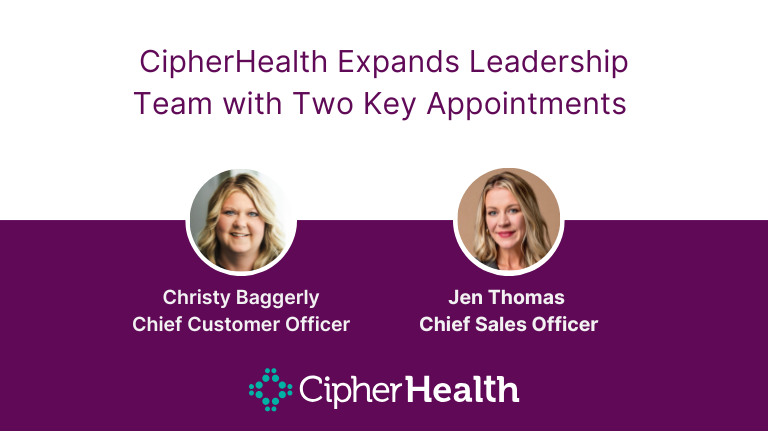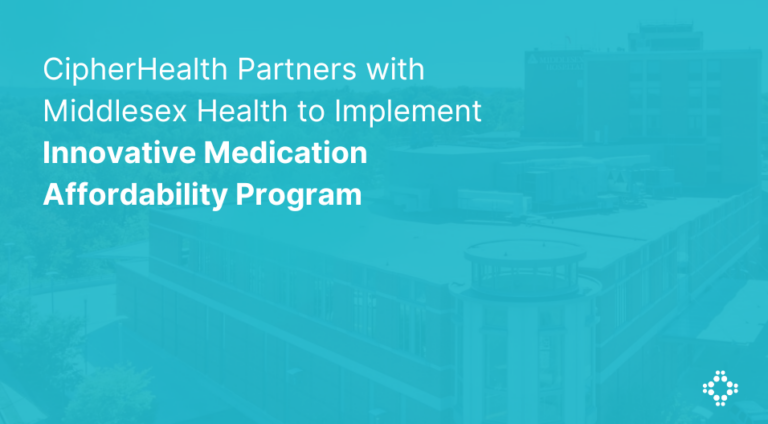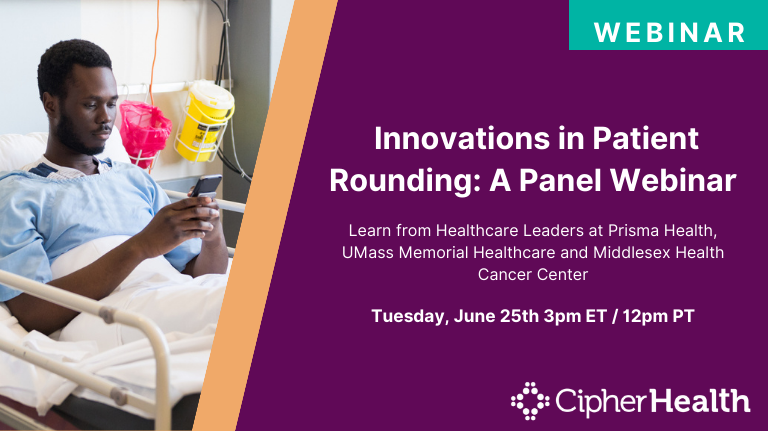The recent webinar hosted by CipherHealth covered the critical need for innovation in patient rounding practices. Healthcare systems are increasingly recognizing the importance of capturing real-time patient feedback, particularly in high-volume care areas where traditional rounding methods can fall short. Across the country, there is a pressing need to maintain high-quality patient care and safety, while also making sure staff are supported with technology and tools to create time-savings so they can focus on what they do best: care for patients.
We spoke to healthcare leaders at Prisma Health, UMass Memorial Health, and Middlesex Health about their innovative rounding programs designed to address their organizations’ specific needs. In all cases, implementing Self-Service Rounding (SSR) has helped them improve both patient care and staff experience. Our panelists were:
- Tina Hunter, MBA, BSN, RN, SANE, Executive Director of Patient Experience, Prisma Health
- Ryann Nocereto, MSN, RN, OCN, Director, Cancer Center, Middlesex Health Cancer Center
- Ken Shanahan, MSN, RN, CCRN, Senior Director, Emergency Medicine & Behavioral Health, UMass Memorial Health
- Sharon Rudinski, RN, Emergency Department, UMass Memorial Health
Self-Service Rounding (SSR): A Brief Overview
Self-Service Rounding empowers patients to provide real-time feedback on their phone during their care through simple interfaces like QR codes and SMS. This direct communication tool helps healthcare providers quickly address patients’ needs and concerns, enhancing the overall patient experience and streamlining workflow. The technology allows hospitals and health systems to collect extensive real-time data on patient satisfaction and common issues, offering insights for systemic improvements and enhanced care strategies.
Addressing high-patient volumes
Tina Hunter from Prisma Health discussed how SSR has impacted patient rounding in their mammography clinics. Before this adoption, Prisma Health had already been partnering with CipherHealth for two years, utilizing rounding platforms across various departments including inpatient care, emergency services, and testing environments.
Confronted with the challenge of limited patient-staff interactions due to high patient volumes, the technology allowed them to enhance outreach efforts without adding strain on the clinical staff. Hunter shared, “We implemented SSR across three of our busiest mammography clinics… On average, they’re seeing hundreds of patients daily. We wanted to connect with those patients in real-time and see what we could learn.”
Additionally, she said, with large testing areas and diverse modalities ranging from mammography to CT and MRI scans, SSR provided an effective solution if leaders were unable to get to each and engage with every patient.
When asked about getting staff buy-in, Hunter said that leaders were initially worried they would get bombarded with issues, but ultimately that wasn’t the case. “The lift for the team was minimal… Everyone’s been so pleased with it. I don’t think we’ve implemented anything thus far where there’s been such a small lift on the clinical staff. So that’s a win-win for everybody,” she said.
Supporting Cancer Care
At Middlesex Health, a long time user of CipherHealth, Director Ryann Nocereto said, “We were looking to increase our referrals in identifying patients who were at high risk for breast cancer and we were having a hard time figuring out exactly how to do that.”
The implementation of SSR has positively impacted genetic counseling at the Cancer Center. “When a patient walks into our waiting rooms for their screening mammogram, they receive an SMS with the survey… The utilization has tripled month to month,” she said.
Switching to an SMS-based system dramatically increased patient interaction, leading to better identification of patients at risk. “As patient survey volumes increased… several tested positive for mutations who would not normally have had access to that information,” Nocereto said.
Ultimately, they were able to find a creative way to engage both staff and patients while increasing the numbers of referrals to hereditary risk assessment programs.
Enhancing efficiency in the ER
At UMass, Ken Shanahan and Sharon Rudinski discussed their patient rounding innovations in their emergency room operations. Facing high patient volumes and staffing challenges, SSR allowed for better management of patient needs and staff resources.
Shanahan noted, “With SSR, we’ve seen a remarkable improvement in how we manage patient flow and address immediate needs without additional strain on our staff.”
Rudinski said “As the only level one trauma center in Central Massachusetts, we wanted to streamline patients’ experience while freeing up staff so they’re not being asked the same questions over and over again. They can really take time to focus on caring for the patients who need their attention, while also giving other patients a way to express that they need help.”
Regarding staff buy-in, Rudinski said, “It was a little bit challenging, when you’re adding a new process, everyone says ‘Oh god, not something else,’ how to grab their attention? We really took that into consideration in how to make it a minimal lift for them.” She added, “We really wanted to make staff aware that this is as helpful for them as it is for the patients.”
Looking ahead
All three health systems have witnessed notable benefits with the technology, from improved patient satisfaction to enhanced operational efficiency. The panelists agreed on the scalable nature of SSR and its potential to be adapted across various departments and health systems.
Tina Hunter shared the plans to expand SSR across all Prisma Health imaging centers and, eventually, their entire medical group by the end of 2025. The panelists’ experiences underscore the dedication of healthcare staff to adapt and innovate, ensuring better patient outcomes.
To learn more, watch the webinar here.









